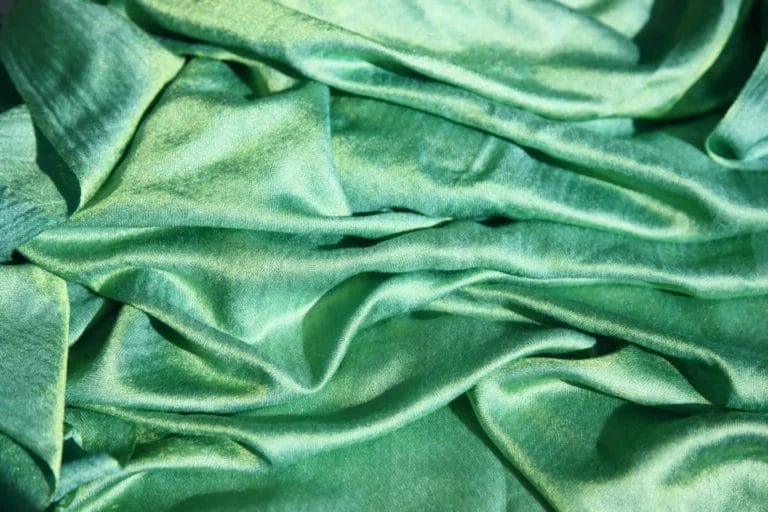Rubber Showdown: Synthetic vs. Natural – Which One Fits Your Needs?
Synthetic rubber vs. natural rubber: Which one is right for your business? Learn their uses, properties, costs, and how they affect the environment.
When it comes to synthetic rubber vs natural rubber, what should you choose? It really depends on your needs and preferences. The natural rubber has been around longer, being produced from the milky sap of certain tropical plants.
Its properties make it well-suited for inner tubes in tires and other items such as shoe soles, seals, and adhesives; plus, it is very resistant to acid and water. On the other hand, synthetic rubber was born from an effort to create a less expensive alternative to natural rubber.
An advantage synthetic rubber has over its natural counterpart is that synthetic rubbers are more durable and have higher resistance to heat, but usually at a greater cost. Deciding which of these two is right for you really comes down to understanding how they’ll be used or handled and their individual material requirements.
Are Synthetic Rubbers Harmful For The Environment?
Synthetic rubbers are a popular material in many industries and products, but their environmental impact is largely unknown. These synthetic rubbers are processed from petrochemicals which can release hazardous chemicals into the atmosphere when produced.
Get Your Hand on Your Eco-Friendly Living Starter Guide!
Additionally, because they are expensive to purchase and often have limited uses, they create a significant amount of waste that can be harmful to the environment. Even though the use of synthetic rubber can increase productivity and efficiency for businesses, it also has an increased negative impact on our ecosystems as these products age and breaks down over time, releasing toxins into the nearby water supply or air.
In an era that is increasingly conscious about its impact on the environment, deciding if synthetic rubbers should be used is an important debate for both commercial enterprises and personal consumers alike.

The Choice Between Natural And Synthetic Rubber
When making a choice between natural and synthetic rubbers, it is important to consider how they will be used. Natural rubber offers better tear resistance than synthetic rubber and is more durable.
It also tends to be more flexible, providing greater insulation than its synthetic counterpart. However, natural rubber is not as efficient in extreme environments because it is susceptible to hardening or softening with temperature changes.
Synthetic rubber offers greater versatility in terms of weather tolerance and applications, but generally lacks the tear resistance of natural rubber. In addition, while synthetic rubber may cost less upfront compared to natural rubber, production costs tend to be higher due to intensive lithographic machines and other costly processes involved with producing the former.
Whichever you choose, both types have their own advantages; investing some time analyzing your uses can save you money and help you get the most out of your purchase in the long run.
The Production Process Of Synthetic And Natural Rubber
Rubber has multiple purposes and its applications range from tires to medical equipment. Synthetic rubber is made up of molecules called polymers, while natural rubber is derived manually or mechanically from plants such as the Hevea Brasiliensis tree (also dubbed rubber trees).
In most cases, natural rubber is aged for a period of time after being extracted before it is ready for use. To make synthetic rubber, oil refineries take volatile compounds from petroleum and blend it with other compounds in reaction vessels to create a polymer blend.
Once this blend has been created and cooled, it can be combined with the natural rubber derived from plants to form a new product that can serve numerous uses. Different types of synthetics are created for various processing needs, but no matter which type is used, all synthetic rubbers must go through several refinement processes to optimize shape and performance characteristics.
The combination of these processes makes production an exact science that requires special tools, machines, and materials to achieve the desired end results in an efficient manner.

About Panama Rubber Tree
The Panama rubber tree is an evergreen tree native to the tropical regions of South America. A member of the Euphobiaceae plant family, this unique tree has deep roots and bark that exudes sticky white latex when cut.
This latex is then further processed to be turned into rubber for various applications. In its natural environment, it is considered a threatened species as its population seems to have drastically reduced due to deforestation and illegal harvesting in recent decades. Other than late production, the Panama rubber tree also has traditional medicinal uses associated with it.
Its bark is dried and powdered to make teas that serve as panaceas in treating pains, headaches, asthma, allergies, gastrointestinal diseases, and more. The leaves are also used for similar applications but are mostly boiled and added to soups or cooked rice during periods of illness or convalescence.
Synthetic Vs Natural Rubber Properties
Synthetic rubbers typically have better temperature tolerance than natural rubbers and are capable of withstanding extremes of hot and cold with minimal degradation. Furthermore, Synthetic rubbers often have greater flexibility due to their higher molecular weights when compared to natural rubber compounds.
On the other hand, natural rubber products have superior elasticity which allows them to maintain their properties over long periods of time; even when stretched or stressed hard. For example, in sports applications such as athletics tracks, natural rubber provides better resilience throughout its lifetime without needing frequent repairs as compared to synthetic ones.
Overall, each type of rubber has its own advantages depending on the application in question making it an important choice that requires careful consideration.
Growing Environmental Awareness In The Rubber Industry
The rubber industry, as with many other industries in the world, is becoming more aware of the importance of being environmentally friendly. The push for sustainable rubber production has led to further investment into green technology and materials in order to reduce pollution and minimize carbon emissions.

This shift towards green thinking means that manufacturers must find ways to create products (such as widely used rubber bands) that not only meet the needs of consumers but also lessen the environmental impact on the planet. Additionally, firms are using eco-friendly biodegradable packaging instead of plastic and finding alternatives to harmful chemicals used in production.
All these measures ensure both corporate responsibility and sustainability at every point in their business operations. The general trend of growing environmental awareness within the industry is promising; a sure sign that businesses are starting to prioritize sustainable practices rather than just solely focusing on profitability.






